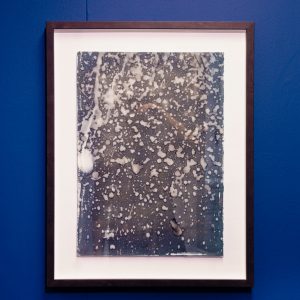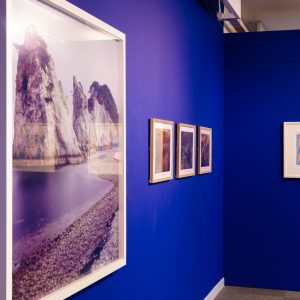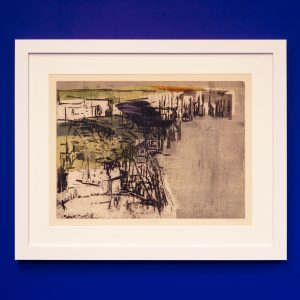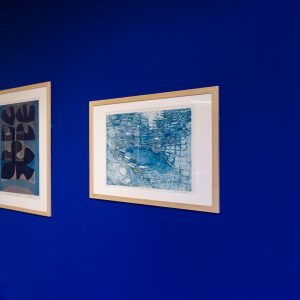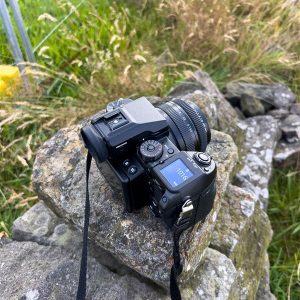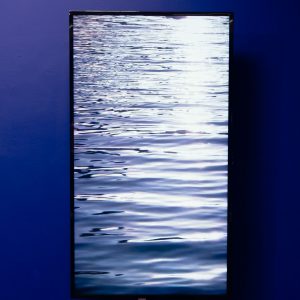
Liang Yue’s ‘COO18’
Yue lives and works in Shanghai and internationally. Her video and photography practice takes the ‘everyday’ and the ‘beauty of insignificance’ as its focus, using readily available tools – such as her mobile phone camera – and minimal editing techniques to make deceptively simple works. Want to know more? Find out here!

